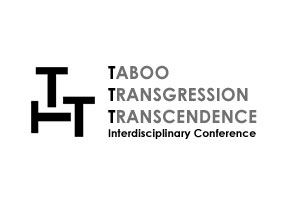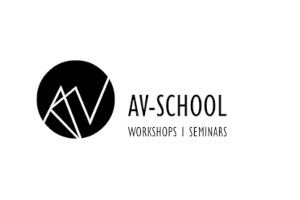Fungi are one of the most fascinating and complex organisms on Earth, playing a crucial role in ecosystems through decomposition, symbiosis, and communication. This project explores their hidden dynamics and aims to transform fungal growth into music by observing and recording various physiological processes, including their growth patterns, textures, and microscopic changes. These organic transformations become the foundation for generative sound compositions, reflecting both scientific observation and subjective artistic interpretation.
Our work is not merely about capturing data we believe that art and science are deeply interconnected, and nature provides an endless source of inspiration. Rather than simply translating fungal signals into sound, we shape our compositions based on our emotional and sensory experience of each species. This means that the music we create is not only influenced by the raw biological data but also by the atmosphere, movement, and aesthetic qualities of the fungi themselves.
Each fungal species has its own growth rhythm, structure, and organic patterns, which influence the way we compose our music. Some species grow slowly and delicately, spreading their mycelium in intricate networks, which we interpret as soft, ambient textures with flowing, continuous tones. Others expand rapidly, producing visible, dynamic structures that may inspire pulsating rhythms, sharp sonic contrasts, or evolving soundscapes. The process of observing, feeling, and interpreting these natural forms allows us to create compositions that are both grounded in scientific reality and infused with human creativity.
This project is about more than just fungal biology it is about exploring the relationship between organic life, perception, and sound. Just as fungi interact with their environment in unique ways, we aim to reflect that interconnectivity in our sound design, considering the textures, movements, and even imagined personalities of fungi in our creative process.
To transform fungal growth into music, we use a combination of observation, digital tools, and artistic techniques. While some scientific approaches rely on direct bioelectric signal recording, we focus on visual and physical aspects of fungal development and translate those into sound through data sonification, synthesis, and personal artistic interpretation. Our process includes:
1. Documenting fungal growth through photography, video, and microscopic imaging, capturing the textures, colors, and movement of the mycelium.
2. Analyzing the unique growth patterns of different species and mapping them onto sound parameters such as pitch, rhythm, and modulation.
3. Applying artistic interpretation to enhance the mood, emotion, and meaning of the compositions, allowing the fungi's visual and biological characteristics to guide the structure of the music.
4. Processing the data through digital sound design, using synthesis, generative algorithms, and other techniques to craft immersive soundscapes.
This approach ensures that the resulting music is not just a robotic translation of data but a deeply artistic, expressive, and personal reflection of the fungal world.
Our presentation at the conference will include both visual and auditory demonstrations, allowing attendees to experience the full process of fungal-inspired music creation. We will showcase:
Time-lapse videos and microscopic images of different fungal species.
Growth recordings and their transformation into musical elements.
Final compositions that blend natural data with human emotion, highlighting the harmony between biological structures and artistic expression.
Beyond simply presenting our work, we hope to spark discussions about the potential of nature as a source of artistic inspiration. Fungi, with their intricate networks and mysterious growth patterns, remind us that organic life has rhythms and structures that can be translated into sound in deeply meaningful ways. By merging science, digital art, and experimental music, we invite others to consider new ways of perceiving and interacting with the living world around us.
This project is an exploration of how biological observation and artistic intuition can come together to create something truly unique. By studying fungi not just as biological specimens but as sources of creative inspiration, we emphasize the deep connection between nature, perception, and sound. Through our work, we hope to inspire others to look more closely at the hidden patterns of life and discover new ways to translate the unseen beauty of nature into art and music.
Back




